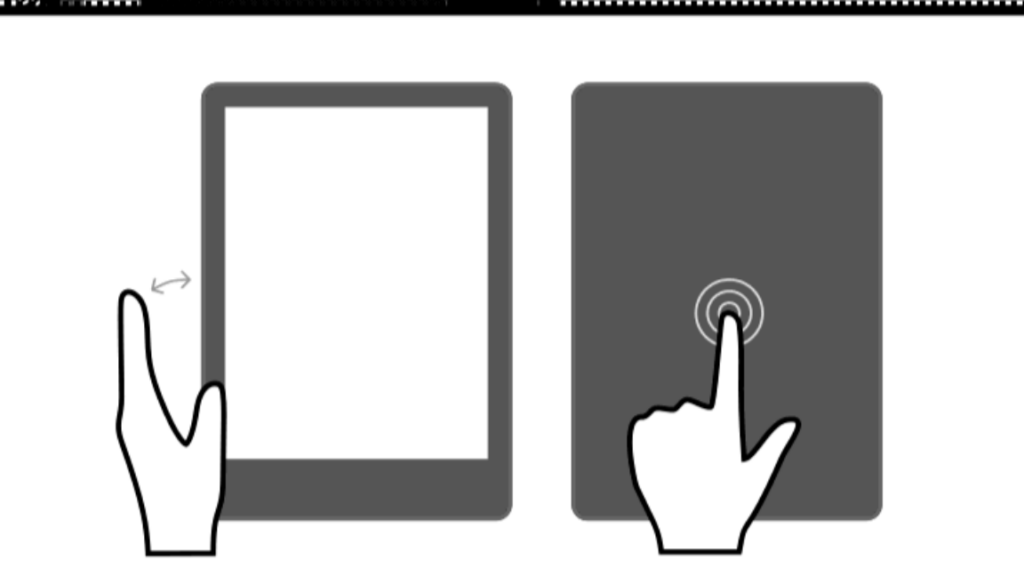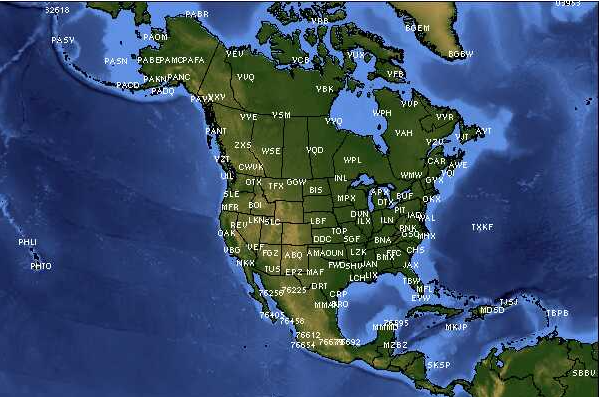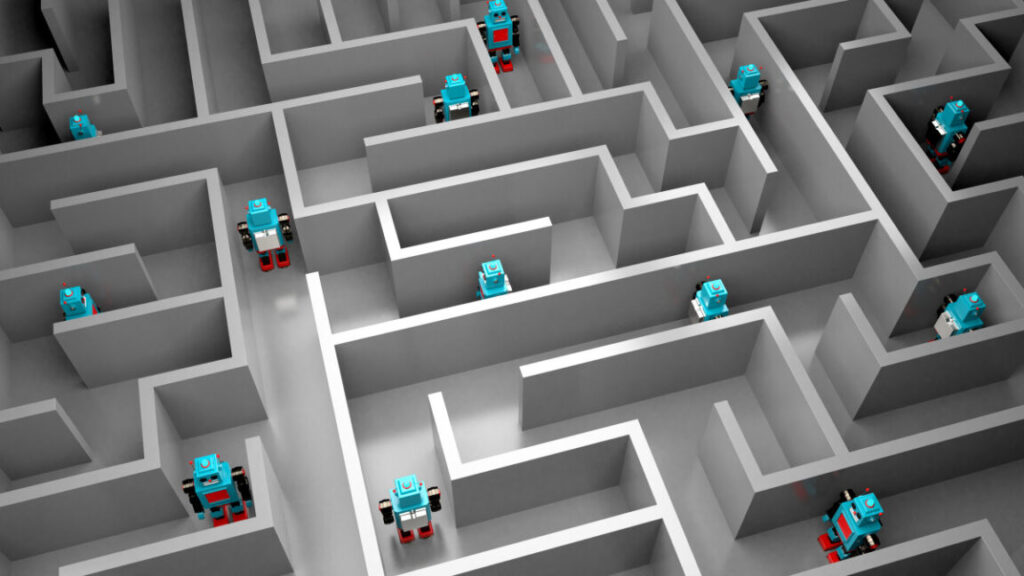“This will be a painful period”: RFK Jr. slashes 24% of US health dept.
Health Secretary and anti-vaccine advocate Robert F. Kennedy Jr. is slashing a total of 20,000 jobs across the Department of Health and Human Services—or about 24 percent of the workforce—in a sweeping overhaul said to improve efficiency and save money, Kennedy and the HHS announced Thursday.
Combining workforce losses from early retirement, the “Fork in the Road” deferred resignation deal, and 10,000 positions axed in the reductions and restructuring announced today, HHS will shrink from 82,000 full-time employees to 62,000 under Kennedy and the Trump administration. The HHS’s 28 divisions will be cut down to 15, while five of the department’s 10 regional offices will close.
“This will be a painful period,” Kennedy said in a video announcement posted on social media. Calling the HHS a “sprawling bureaucracy,” Kennedy claimed that the cuts would be aimed at “excess administrators.”
“I want to promise you now that we are going to do more with less,” he said in the video.
Kennedy and HHS said the cuts will save $1.8 billion each year. That’s about 0.027 percent of total federal spending, based on the $6.75 trillion the government spent in 2024, and about 0.06 percent of the $2.8 trillion HHS budget for that year.
The downsizing announced today includes significant cuts to the Food and Drug Administration, the Centers for Disease Control and Prevention, and the National Institutes of Health.
Cuts upon cuts
The FDA will lose 3,500 employees, which The Wall Street Journal reported was about 19 percent of its staff. HHS did not provide current staff levels at the agency level or percentage cuts. The CDC, which will absorb the Administration for Strategic Preparedness and Response (ASPR), will lose 2,400 employees (1,400 from CDC and 1,000 from ASPR). The Journal reported that to be about 18 percent of the total workforce. NIH will lose 1,200 employees, about 6 percent of its workers.
“This will be a painful period”: RFK Jr. slashes 24% of US health dept. Read More »

























